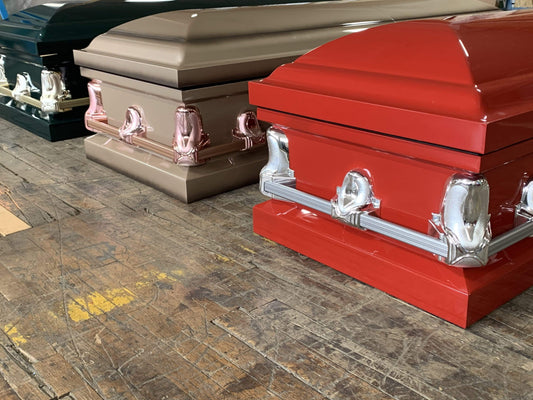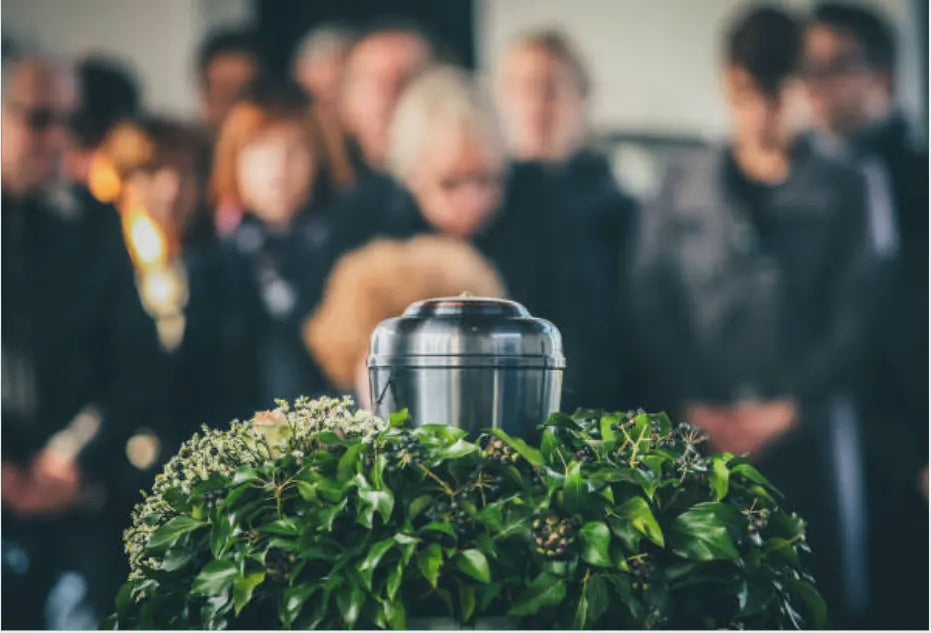If you are interested in a shorter, inexpensive way of handling your loved one’s remains, you may consider a cremation. Moreover, if you are eager to avoid a memorial or funeral service, there may be a specific type of cremation that fits the bill– a direct cremation. Here, the cremation ashes are retrieved without a funeral process proceeding it. Whether you use a cremation urn to contain the ashes or opt for a cremation ash burial after is entirely up to you.
What Is A Direct Cremation?
At a direct funeral cremation, the body of the deceased must be transferred directly from their place of death to the crematory house. After this, the body is stripped of any external ornaments or medical objects. There are no other preparations for the body. It is seamlessly moved through the cremation process, which is completed in a few days. No funeral service is performed before the cremation, saving you time, effort and money. There are, however, a few tasks that may need to be completed— a short service held at the funeral home, securing the death certificate and collecting the ashes of your loved one. In some cases, additional fees are added to the cremation service. These charges may be attributed to purchasing a cremation urn or the small service conducted. If your loved one requires additional adjustments or equipment during their cremation process, costs may be adjusted, keeping this in mind.
When To Consider A Direct Cremation?
You must opt for a direct creation if you want to avoid a memorial service or funeral service and wish to have a straightforward, low-cost, time-bound swift cremation.
- No Memorial Service: When planning for a burial or cremation of a loved one, many people automatically account for organizing a memorial service. While some of these people genuinely want to hold a service, others feel obliged to hold one and do not necessarily want to. The memorial service is not a compulsory requisite for either process.
- Easy and straightforward: The direct funeral does not need intense planning. You do not have to explore affordable coffins options, make floral and catering arrangements or spend your energy on finding a venue and catering services for the memorial or funeral service. If your loved one wished for a straightforward final goodbye, a direct funeral might do it. More people are opting for a simple cremation process, especially in the context of the Covid-19 pandemic.
- Low cost: You are free from all costs associated with burial and funeral service. It is one of the cheapest options out there. Instead of spending money buying or renting a casket for the viewing, service or burial, you can use a cardboard box (or any other flammable container) for the cremation process.
- Time-bound: Today, people simply do not have the time to organize the funeral and burial of their loved ones. They may not feel as bound to tradition as they are subject to the pressures of choosing a burial. Losing a loved one is already an emotionally exhausting experience for someone. Resultantly, they may not have the bandwidth to plan an elaborate funeral while also grieving.
- Body of the deceased contracted a contagious disease: As mentioned above, diseases may discourage you from opting for a burial. There is a common assumption from lay people that the body may still be carrying the disease or that the body may not appear pleasant to witness at the funeral service in some cases.
What Do You Need For A Direct Cremation?
- Non-metallic container: Note that the container that goes with the body into the cremation furnace must be combustible. Additionally, it must not have any metallic finishes, as that will make it challenging to convert the remains into fine ash. If you do not wish to use a container, you may pass the body through, shrouded.
- Paperwork: Each state has varied paperwork. You must give 24-48 hours out to complete this before you can get started with the cremation. The next of kin is required to fill up a Cremation Authorization Form to issue a cremation permit. The permit is handed over from the county in which the person died.

![Upgrade to Premium Weight [18-gauge steel]](http://titancasket.com/cdn/shop/products/casketthicknesswithnumbers.png?v=1680642906&width=533)



